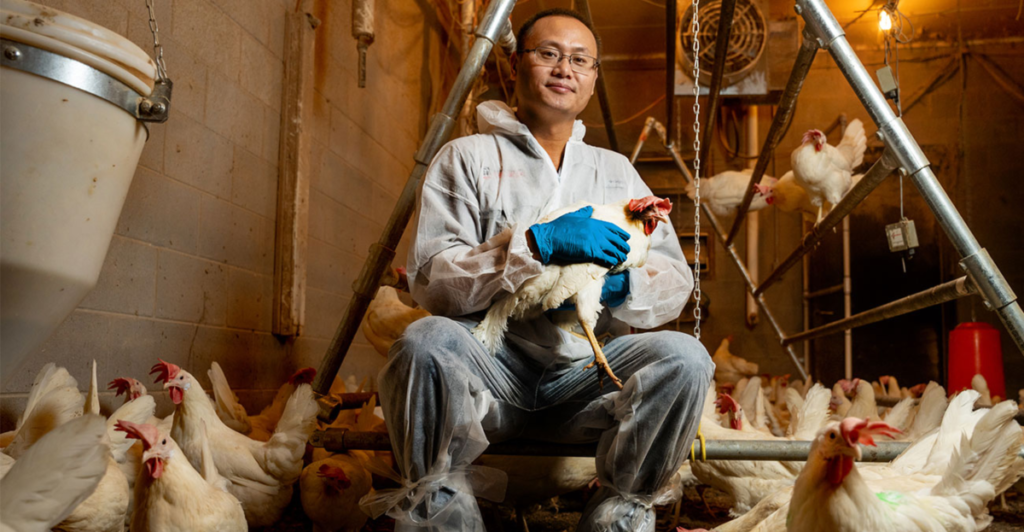
Egg prices have skyrocketed, and the relentless spread of avian flu is only making things worse. With farmers struggling, consumers paying more, and the nation’s egg supply at risk, the federal government is launching a billion-dollar rescue plan. Led by Agriculture Secretary Brooke Rollins, this bold strategy strengthens biosecurity, funds farmer relief, and explores groundbreaking solutions. Will it be enough to safeguard America’s eggs? Here’s what’s at stake.
A Crisis Unfolding
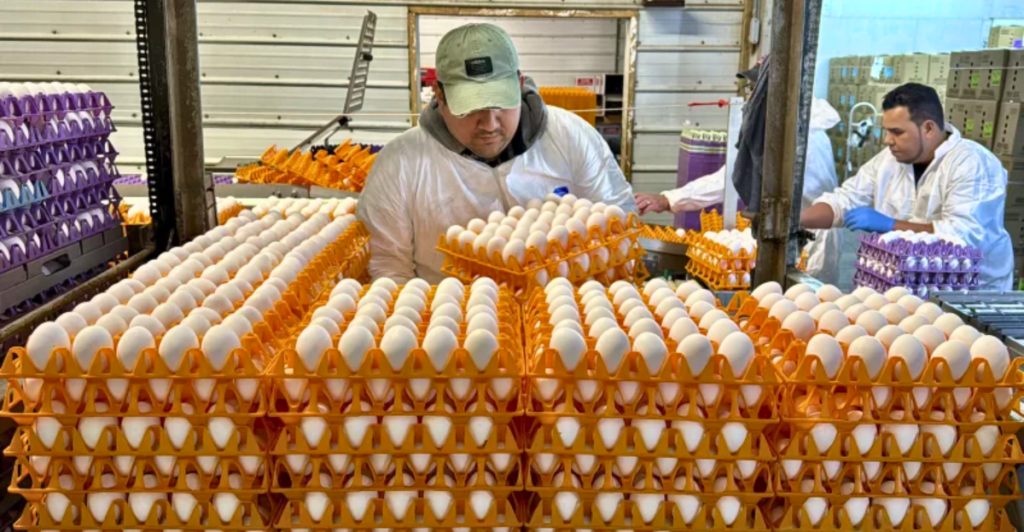
Eggs, once a staple of affordable nutrition, are now a scarce co/mmodity. Avian flu has ravaged poultry operations nationwide, triggering a supply shock that disrupts food systems and inflates prices. With millions of birds lost, the crisis isn’t just about rising costs—it’s a warning sign for national food security. This unfolding emergency calls for bold, decisive action to protect an essential part of our daily diet.
The Toll of Avian Influenza
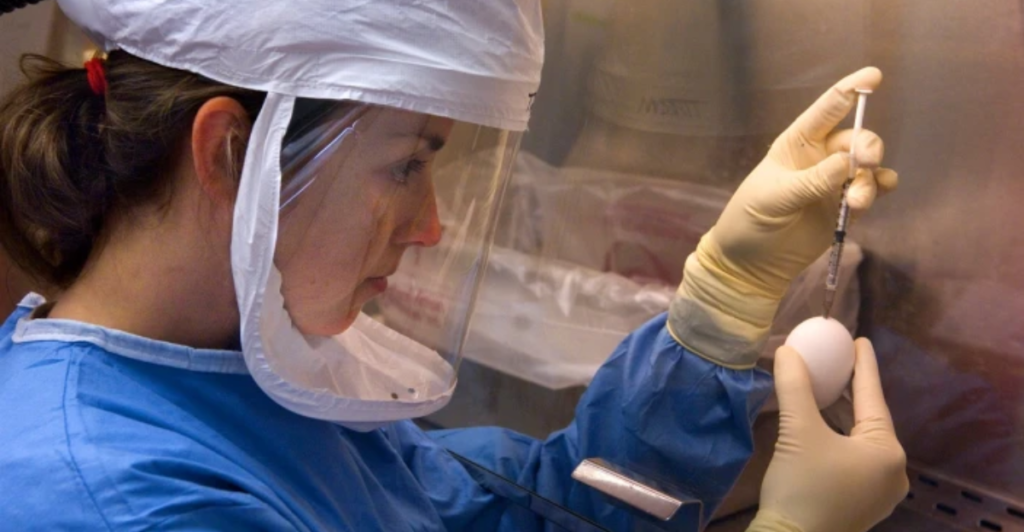
The H5N1 outbreak has decimated flocks, with over 166 million birds lost since 2022—and 19 million in just the past 30 days. This rapid, widespread loss has left egg production in ruins, exposing the fragility of our food infrastructure. Each infected bird is a stark reminder of how quickly our food supply can collapse, making immediate intervention not just necessary, but urgent.
Egg Prices Soar—A Household Crisis
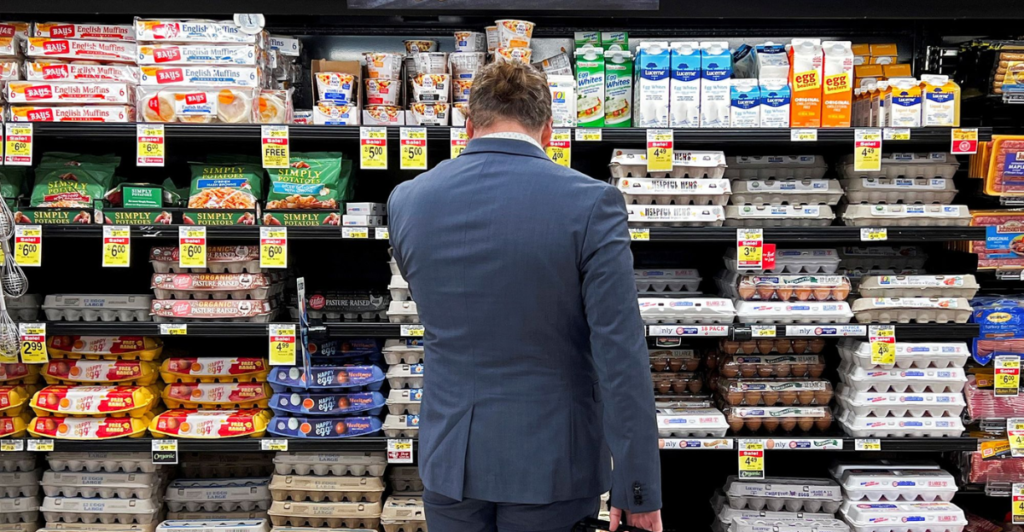
Eggs have transformed from a dietary staple to a luxury item. In January 2025, the cost for a dozen large Grade A eggs surged to $4.95 and reached even higher in major cities. With prices rising by over 50% in a single month, families across America are feeling the pinch. This market disruption isn’t temporary; it’s a signal of deeper systemic issues that threaten affordability and access to basic nutrition.
A Bold, Billion-Dollar Response
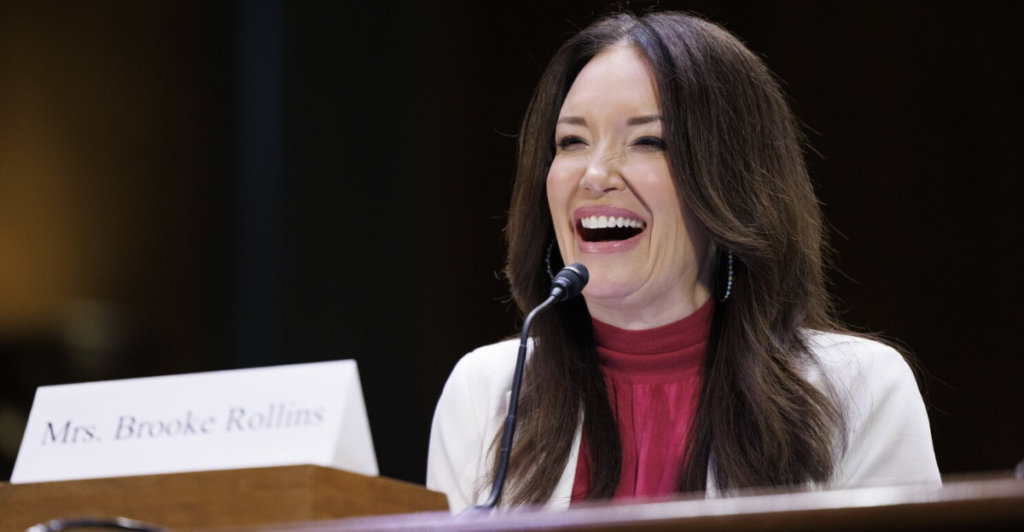
In a decisive move, the federal government has launched a $1 billion initiative to stabilize the egg supply. Spearheaded by Agriculture Secretary Brooke Rollins, this sweeping plan isn’t just about economic relief—it’s about safeguarding public health and national security. With targeted funding streams, the initiative aims to address both immediate crises and build long-term resilience in our food system.
Fortifying Biosecurity with $500 Million
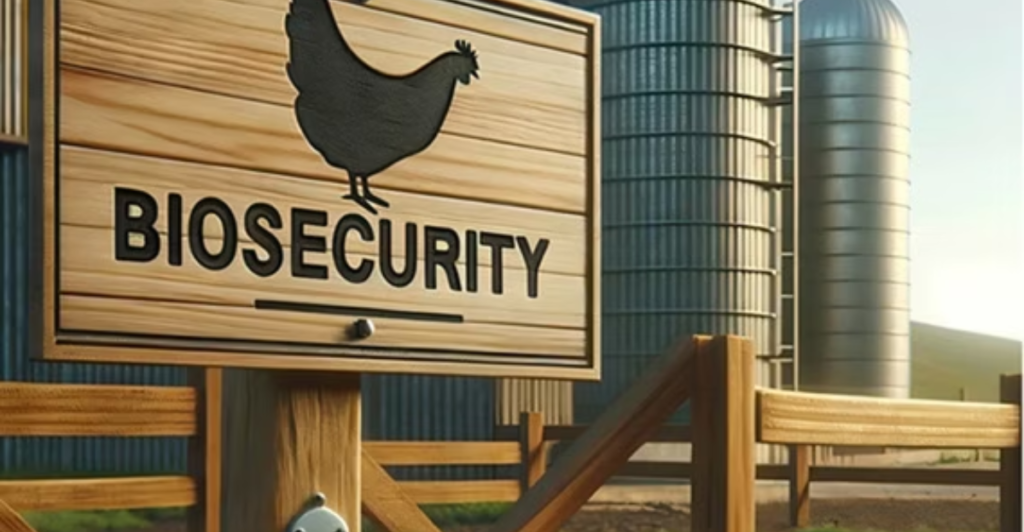
The strategy’s centerpiece is a $500 million investment in biosecurity. This funding will power the new Wildlife Biosecurity Assessments program, which targets commercial egg farms. By providing free audits and covering up to 75% of remediation costs, the government is shifting from reactive measures to a proactive defense against outbreaks. This bold step is designed to cut off infection at its source, protecting millions of birds from future flu waves.
Farmer Relief and Flock Repopulation
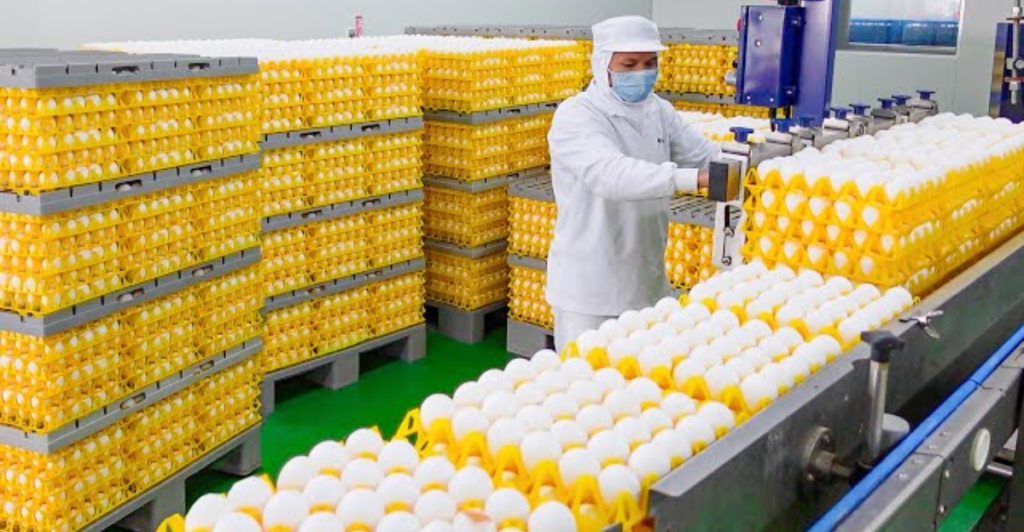
With $400 million allocated to support affected farmers, the plan offers a lifeline to those reeling from mass culling. Financial assistance and streamlined approval processes for flock repopulation are central to this effort. This relief package helps bridge the gap between immediate losses and long-term recovery, ensuring that farmers can rebuild production capacity quickly and efficiently.
Investing in Preventative Medicine

A dedicated $100 million will fund vaccine research and therapeutics for layer chickens. This pivot from reactive culling to proactive prevention represents a game-changing strategy in disease management. By developing vaccines and better monitoring systems, the initiative aims to reduce the frequency and severity of future outbreaks, protecting both poultry and public health on a broader scale.
Regulatory Reforms and Import Solutions
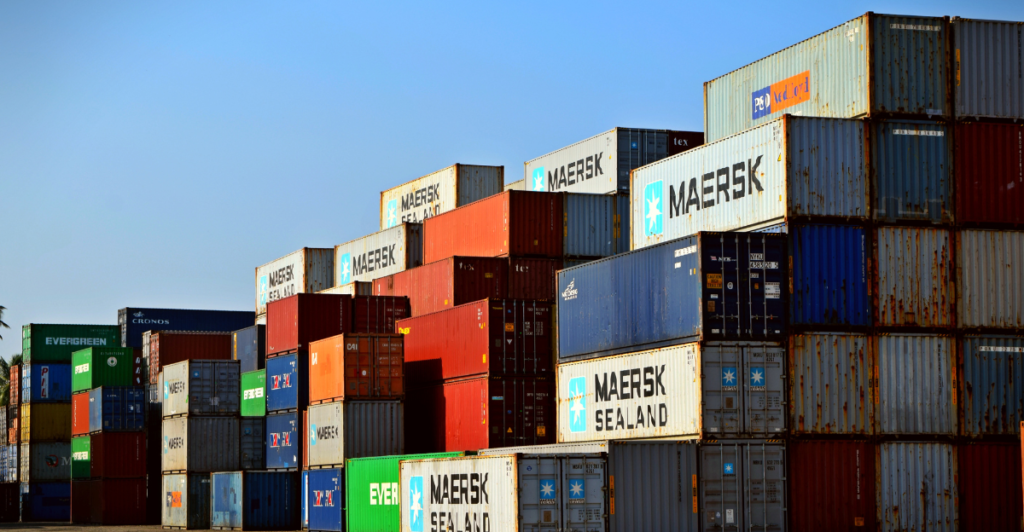
Beyond direct funding, the initiative explores regulatory burden reductions and temporary import pathways to ease supply constraints. By streamlining processes for farmers and considering imports—such as up to 420 million eggs from Turkey—the government is creating a balanced approach. This dual strategy addresses immediate shortages while laying the groundwork for a more resilient, flexible domestic market.
Protecting Public Health

The stakes extend far beyond economics. The H5N1 strain isn’t just devastating for poultry—it poses a zoonotic threat to humans. With even one fatality reported, strengthening biosecurity and accelerating vaccine development are critical for preventing a public health crisis. This investment is a proactive measure to secure both our food supply and our collective well-being.
Economic Multiplier Effects
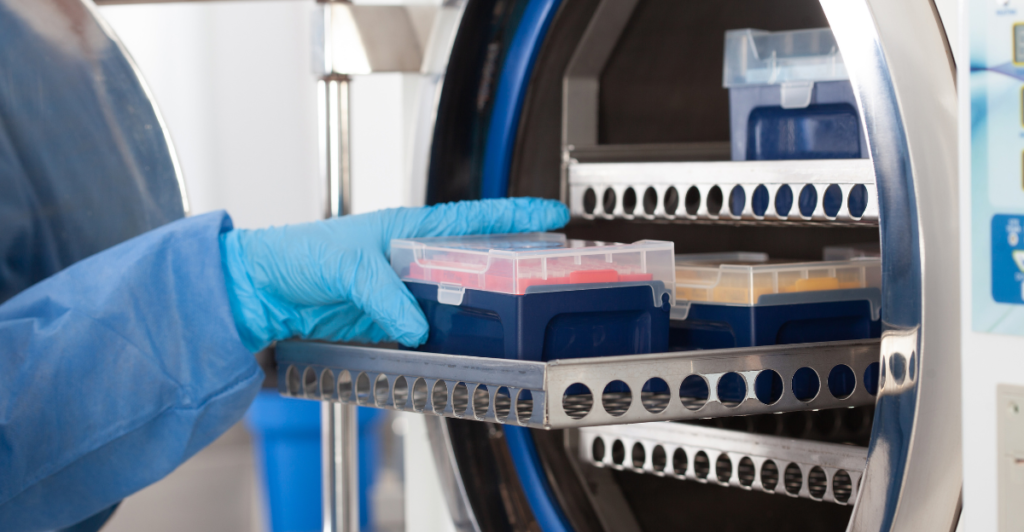
Every dollar invested in biosecurity saves exponentially more by preventing widespread market chaos. By averting further losses, the initiative aims to stabilize prices and restore balance across the food economy. This isn’t mere spending—it’s smart economics. Stabilizing the egg market prevents a ripple effect of inflation that could impact countless other sectors, benefiting consumers and businesses alike.
Building Long-Term Resilience

This federal intervention is not just a quick fix—it’s a strategic investment in the future. By addressing the root causes of the egg shortage and reinforcing the food system, the government is building long-term resilience against biological threats. The enhanced infrastructure and collaborative oversight promise a more robust, adaptable system ready to withstand future challenges.
Collaboration for Continuous Oversight
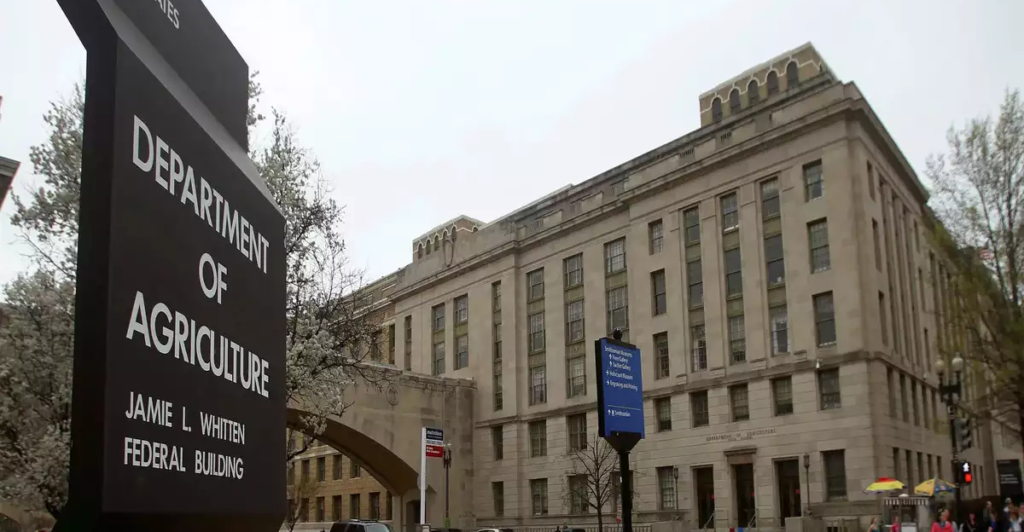
Success depends on ongoing collaboration. The USDA is engaging state governments, veterinarians, and industry stakeholders in biweekly discussions to monitor progress and adjust strategies. This transparent, cooperative approach ensures that lessons are learned in real-time, creating a dynamic framework for managing future outbreaks and preventing the recurrence of such crises.
Securing Our Future, One Egg at a Time
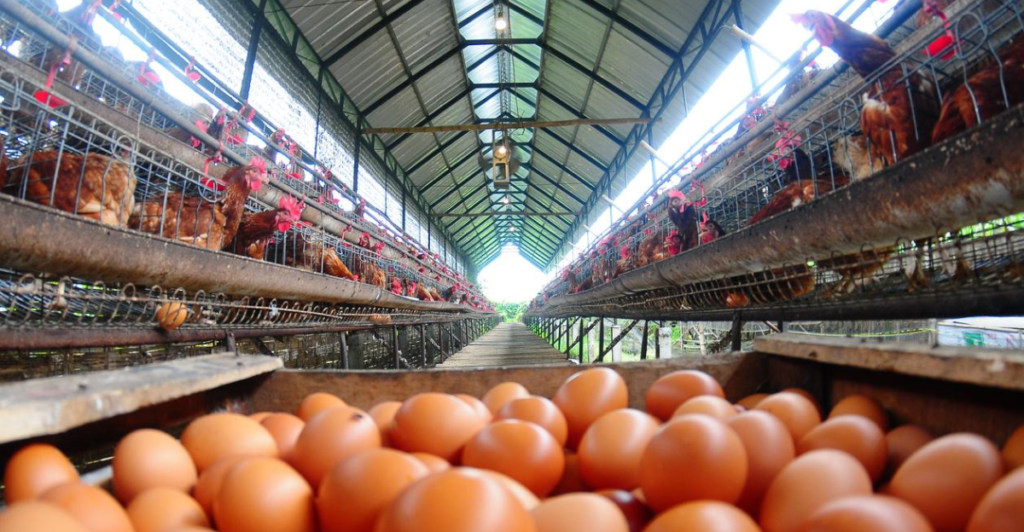
This $1 billion initiative is a bold testament to proactive governance. It’s not just about restoring the egg supply—it’s about fortifying a vital piece of America’s food infrastructure. With economic, public health, and national security implications, the stakes couldn’t be higher. As the nation braces for further challenges, this strategy lays the groundwork for a stable, resilient, and well-fed future.
Explore more of our trending stories and hit Follow to keep them coming to your feed!

Don’t miss out on more stories like this! Hit the Follow button at the top of this article to stay updated with the latest news. Share your thoughts in the comments—we’d love to hear from you!







